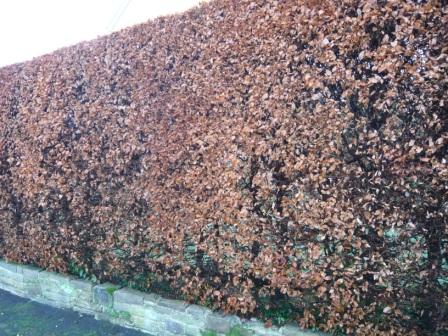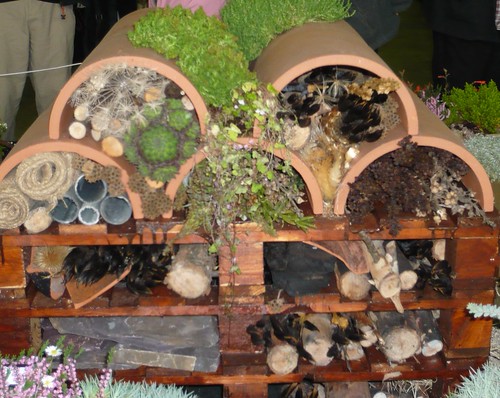
Green Garden Habitats for the Environment
Healthy, environmentally friendly habitats are areas where wildlife can breed and thrive in safety. They are easy to create in your garden in fact you will want the features anyway. A little prior planning and thought about the wildlife environment can make your feature into a green habitat at little or no cost.
Dry Stone Wall Habitats
- My first garden had a dry stone wall that formed the boundary with the moorland beyond. It was a great feature of sandstone build without any cement or mortar, a labour of love.
- The damp nooks and crannies form hiding places for slugs and snails but also accommodate frogs and toads.
- Mice, spiders and other beneficial insects use a dry stone wall for safety, breeding and a source of food supply. You can even get birds nesting in the larger crevices.
- A micro climate grows around a wall. The stone holds heat and protects from wind to the benefit of butterflies, moths and slow worms.
- Even an arranged pile of rocks and stone can provide some of the benefits but a pukka dry stone wall from local stone is very environmentally friendly.
Green Man Made Habitats
- Nature can be given a bit of help particularly in a built up environment.
- Support birds with feeders, nesting boxes and plants that provide food.
- Create a ‘bug home’ with bricks and twigs to feed and house a variety of insects.
- Keep part of your garden untidy. Leave nature to take its course. Let an old tree trunk decay or pile up some fallen logs.
- Plant insect and seed friendly plants
Woodland Edge Habitats
- Think in terms of a three layered approach to woodland. The top layer is for tall forest trees such as Ash.
- The second layer is tall shrubs and smaller trees like yew, holly and blackthorn. With climbers such as honeysuckle and clematis vitalba you will get evergreen cover and a winter habitat.
- The lower layer is a woodland floor for spring like primroses violets, bluebells and wild garlic.
- Each tier attracts its own abundant array of wildlife.
Hedge Habitats
- Hedges beat walls and fences in to a ‘cocked hat’ when it comes to being green.
- They provide safe corridors for birds and small mammals to pass through from one area to another.
- Mixed native hedging plants will provide food, nesting and shelter for many creatures.
- Hornbeam, beech, privet and yew all can be clipped to make a formal hedge whilst still maintaining the wildlife benefits.
- Berberis, dogwoods, hazel, spindle holly and dog roses are all worth considering for a less formal hedgerow.
Wetland Habitats
- Ponds are a great boon to creating a green habitat
- Bog gardens may be suitable if you have a source of running water to keep the soil in good moist condition.
- Large expanses of wetland area to attract migrating birds are beyond the scale and scope of most gardens.
Compost Heap as a Habitat
- Make your compost heap one of the green habitats.It contains more life than you can believe.
- Worms and microbes need living accommodation and where can be better than in good compost.
- Turn the heap if you want to discourage rats from visiting to eat the kitchen refuse and take advantage of the warmth. They are one creature I wish to discourage.

One thought on “Green Garden Habitats for the Environment”
Comments are closed.